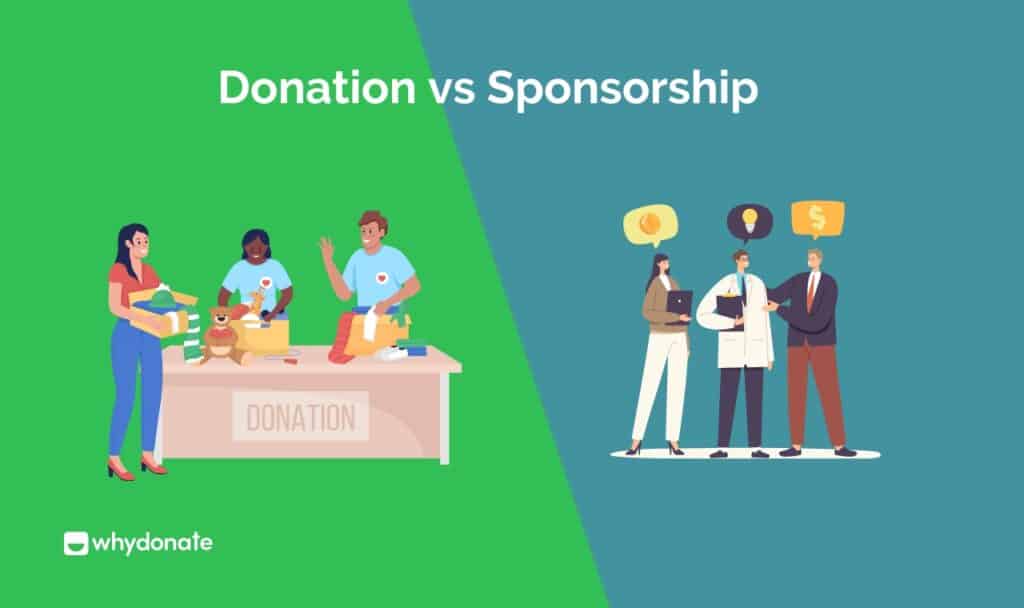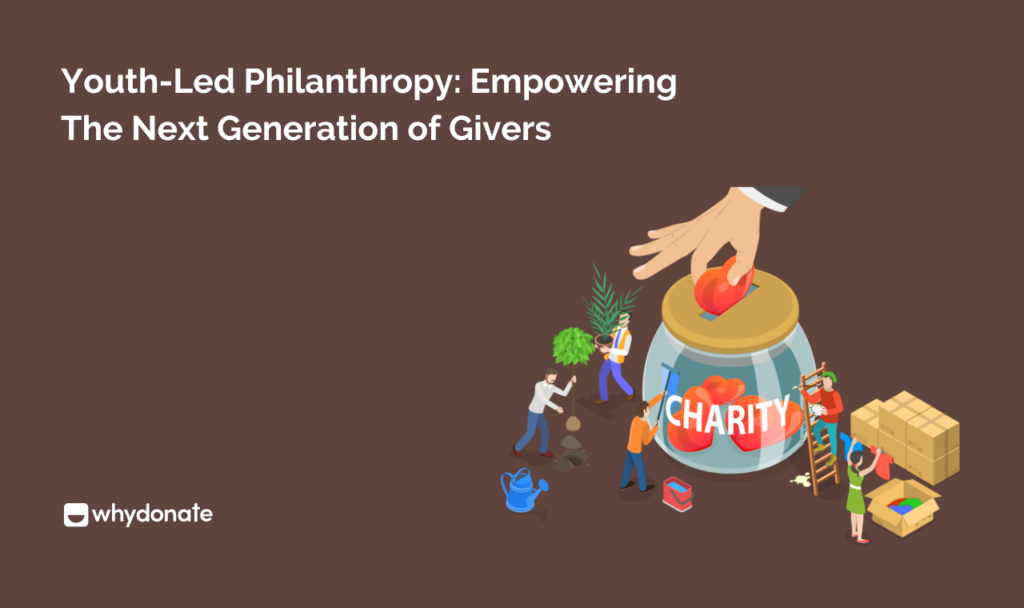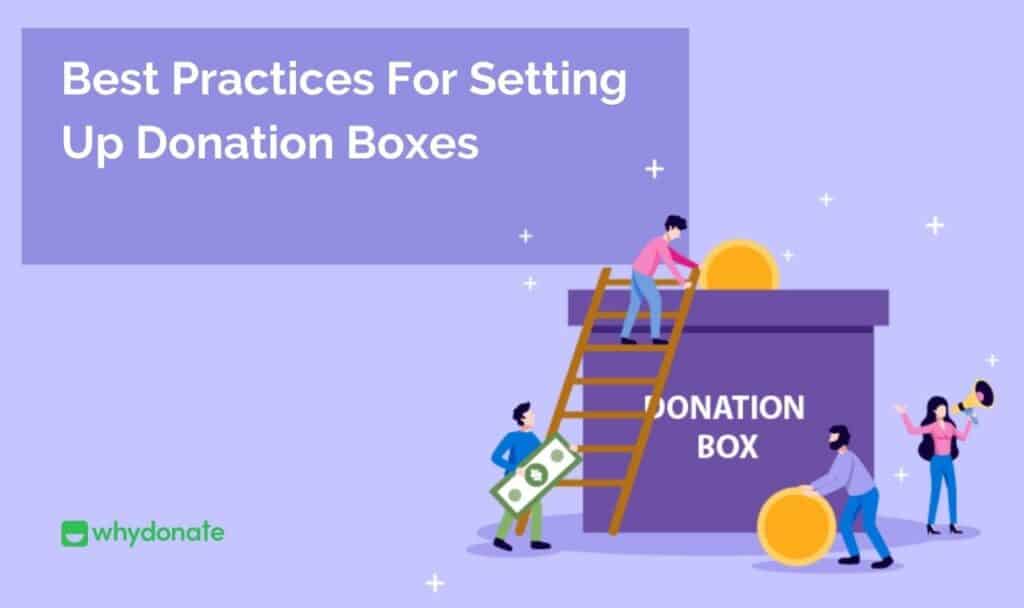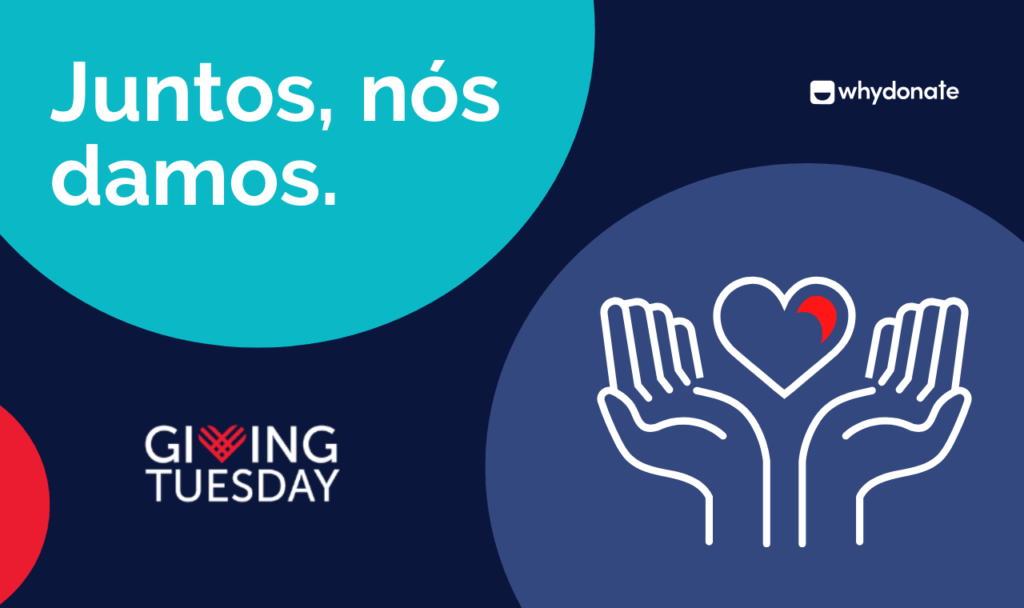Nonprofit organizations depend heavily on community support to maintain their operations. Building relationships with local businesses and individuals is an effective strategy for fundraising. However, there are often questions about how to differentiate between donation vs sponsorship and how to structure these efforts.
Table of Contents
Difference Between Sponsorship And Donation
Although the terms sponsorships and donations are often used interchangeably, they are very different concepts. The difference between sponsorship and donation is that donations can be in the form of goods and services, while sponsorships are usually cash donations.
While donations are typically made to benefit a specific organization, sponsorships are also beneficial to the whole community. Sponsorships are a marketing technique that involves putting a company’s name on an ad or event.
You might be considering whether or not you want to support a charitable organization through donations or sponsorships. Understanding the difference between these two concepts will help you make an informed decision.
What Is Sponsorship?
A sponsorship is a great way for companies to give back to the community and increase their visibility. It can also help them develop effective marketing strategies. Sponsorship is where a company provides something in exchange for something in return. This type of giving allows both the recipient and the sponsor to benefit from the deal. Not only does sponsorship allow them to align their brand with the values of the organization, but it also allows them to reach new audiences.

What Are The Types Of Sponsorships?
Since sponsorship mostly focuses on increasing the visibility of the organization, there are two primary types of sponsorship that can be discussed.
-
In Cash Sponsorship
A cash sponsor is a type of charitable organization that provides financial support to a specific cause or event. In return, the company will be recognized for its contributions. This type of donation is ideal if you need to supplement your organization’s budget.
-
In-Kind Sponsorship
In-kind sponsorships are similar to financial sponsorships in that they provide goods or services instead of cash. They also contribute more value as they are ideal if you need to supplement your organization’s budget or if the local businesses have a lot of manpower. Discounted coupons for food or travel tickets and free services are examples of in-kind sponsorships.
For instance, anyone can sponsor a sporting event by providing the runners with a variety of products, such as T-shirts. This allows the participating organization to provide the shirts to the individuals who signed up while also giving the company the opportunity to have their name featured on the shirts.
Sponsor vs Donor: Understanding the Key Difference
When comparing sponsor vs donor, the primary distinction is that a sponsor expects some form of benefit in return, such as increased brand visibility, while a donor contributes selflessly without seeking anything in return. Both sponsors and donors play vital roles in nonprofit fundraising, but their motivations and contributions differ.
Tips For Sponsorships
Before you commit to a sponsor, it’s important that you consider the various benefits that the organization can provide to you in return. Ask yourself if there are any tangible benefits that the sponsor can deliver to the community. Sponsorships are not tax-deductible if the recipient of the sponsorship gets something in exchange for it. This is because reciprocity is implied, and if the recipient of the sponsorship does not receive something in return, then the tax deduction is not taken.
- Ask relevant questions to yourself before planning and set the goal accordingly.
- Although sponsorships are not always associated with a cause, they can still provide the organization with exposure and help raise funds for its operations. For instance, a sporting event could be a good example of a sponsorship that doesn’t necessarily support a specific cause.
There are many more ways to find sponsorship for your organization, and you can read it here.
Donation
Donations can be made to a charitable organization or project for the support of a specific purpose. It can be made in the form of cash, in-kind gifts, or gift cards from a local store or a supermarket. While donating, the recipient does not expect anything in return, and the giving organization typically doesn’t publicize its appreciation to the donors. Usually, businesses and organizations give as a result of their charitable intentions, as well as their relationship with the local community.
Organizations and businesses mostly keep annual budgets that include a list of goals and procedures for charitable giving as an act of corporate social responsibility. These include a process for assessing and planning donations.
Although tax receipts are usually required for donations, they can also be issued if the recipient has no special advantages or benefits. However, the regulations in different countries vary. This is important to note if you are planning on making a donation in your local area.
Being a part of a local community is essential for a company, as it allows it to build a deeper connection with its customers and the people in the community. This type of relationship can also help them give back to the less fortunate. Sponsorship is not always the best way to support a local organization. Instead, a company can help support the local community through donations.
Types Of Donations
We have 3 types of donations to guide you throughout your crowdfunding journey that can enlighten you and make your fundraising campaigns effortless and successful.
-
One-time Charitable Donations
One-time donations are commonly accepted by companies and individuals. These types of donations are usually made once a year, and they are not subject to a recurring schedule. Since there is no written expectation of how the money will be used, these types of donations are considered one-time grants.
-
Recurring Donations
A recurring donation is a type of charitable donation that allows people to commit to giving to a certain fundraising campaign or nonprofit more than once through scheduling the donations. It can help nonprofit organizations set a predictable cash flow, which can then be used to fund programs and projects throughout the year. It can also help people spread their donations out over time.
-
In-Kind Donations
In-kind donations are those that are made to make a difference. They can be used for a variety of reasons, such as volunteering time, expertise, or goods. In-kind donations can help ease some of the stress that a nonprofit is going through. They can also help them use their financial resources more efficiently. In-kind donations can also help a nonprofit put more money toward its mission. They can also help their existing staff members work more efficiently by taking on more load and bringing in more experience to the organization.
Tips For Donating Or Receiving Donations
Making donations is a simple and low-cost way to support the causes and organizations that you care about. These can be private or public, and they can be tailored to fit your company’s budget. There are also a few things to consider when making a donation.
- Although most donations are generally tax-deductible, there are certain requirements that vary depending on the state. For instance, in some states, you may need to provide documentation regarding the amount of your donation and the details of your organization.
- Although donations are generally intended to help your company, they are also a bit neglected since many companies want to be recognized for the contributions that they’ve made.
- Donations can be made anonymously if one wishes to keep their identity private.

Donation vs Sponsorship?
Ultimately, donations and sponsorships serve different purposes but are both crucial for nonprofit success. Sponsorships provide businesses with exposure and marketing opportunities, while donations offer direct financial or in-kind support to help nonprofits achieve their mission.
Understanding the difference between sponsorship and donation and considering your goals will help you choose the right path to contribute to a cause. Whether you’re deciding between sponsor vs donor or wondering about the benefits of donation versus sponsorship, both are essential for sustaining nonprofits and supporting their work.

















